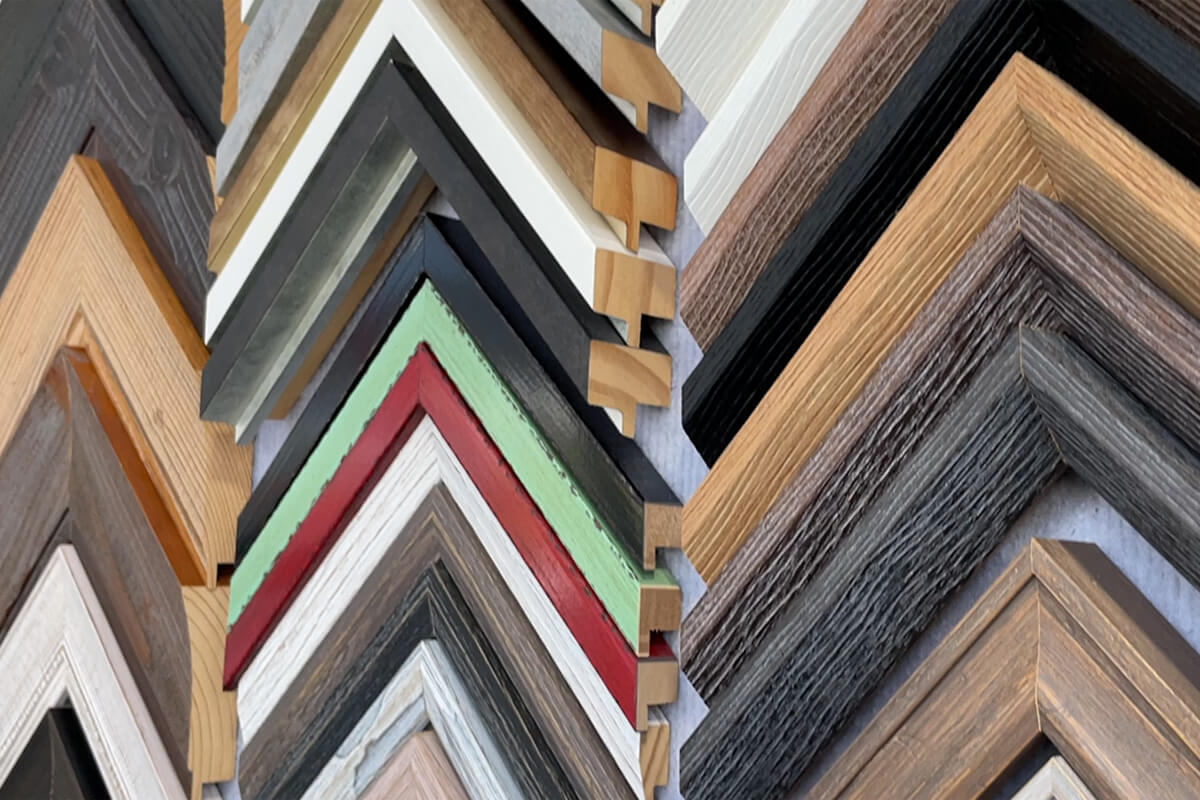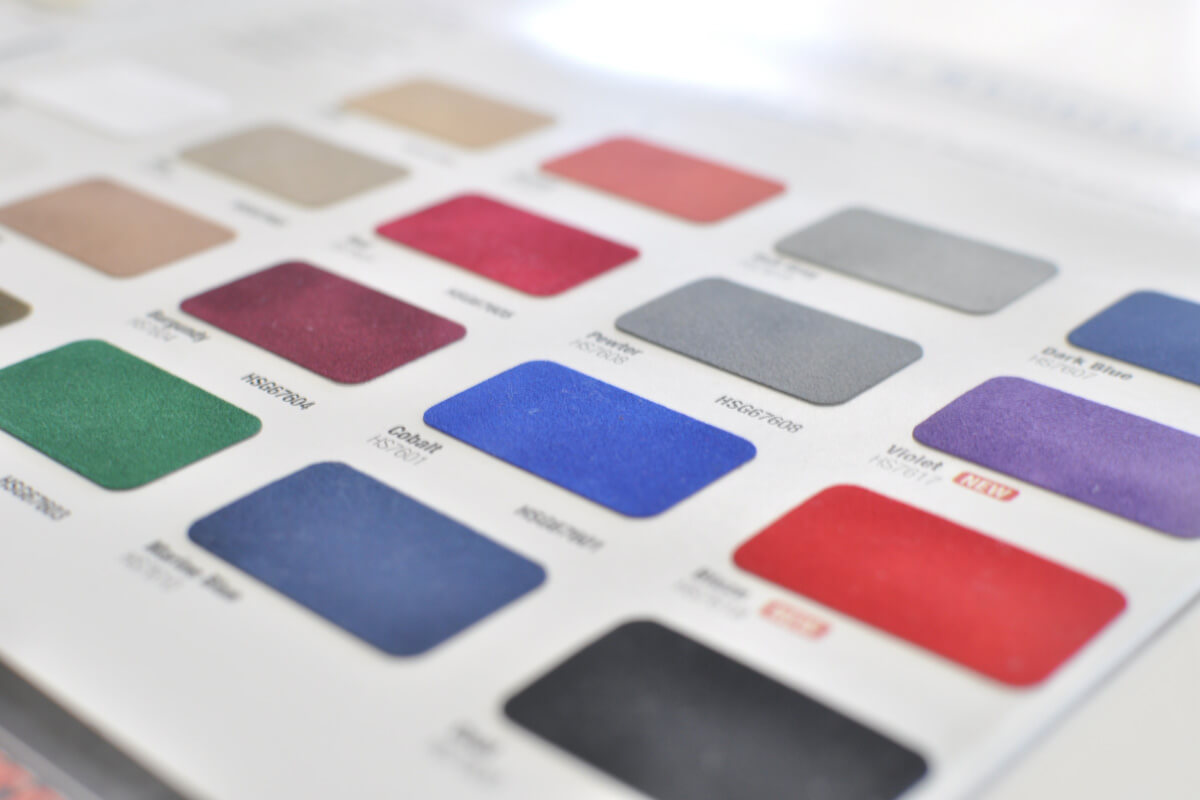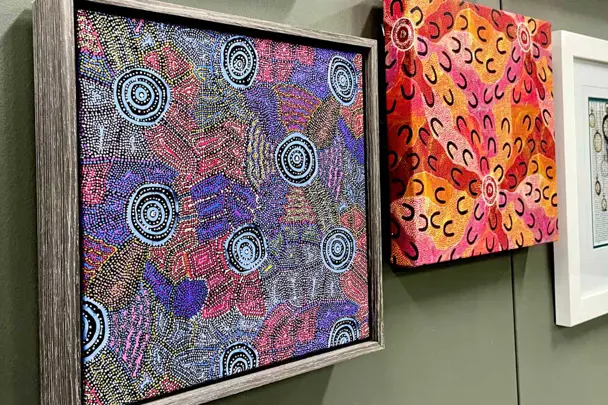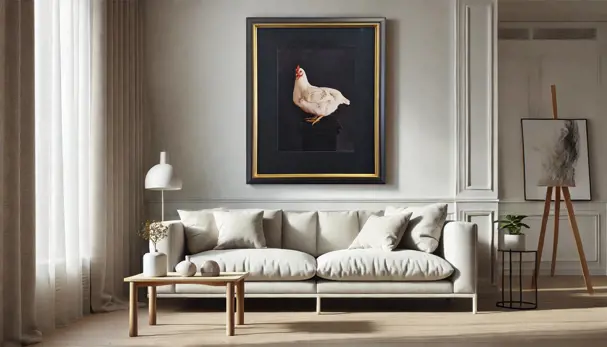Your artwork is a reflection of your taste and personality, a piece that brings joy and character to your home. But just as a beautiful gem needs the right setting, your cherished paintings, prints and photographs deserve a frame that enhances their beauty and protects them for years to come. At Frame Today, we believe that the perfect frame is more than just a border – it's an integral part of the artwork itself.
Choosing the right frame can feel overwhelming, but it doesn't have to be! Our experts have put together this guide to help you navigate the world of frame selection and confidently choose the ideal custom frames for your treasured pieces. We'll explore how to consider style, colour and size to achieve a harmonious and visually appealing result for your art framing needs.
Understanding Picture Frame Styles
The style of your frame should complement the artwork it contains and the overall aesthetic of your space. There's a vast array of picture frame styles to choose from, each with its own unique character:
- Classic elegance: Think ornate details, often with gold or silver leaf finishes. These frames work beautifully with traditional paintings, portraits and antique prints. A classic Louis XIII style frame with intricate decorations would be a stunning choice for a formal portrait.
- Contemporary minimalism: Sleek, simple frames with clean lines are perfect for modern art, photography and minimalist interiors. A thin, black wooden frame can provide a sophisticated and understated border for a contemporary abstract artwork.
- Rustic charm: Natural wood frames with visible grain or distressed finishes evoke a sense of warmth and informality. These are ideal for landscapes, folk art and pieces that suit a more relaxed setting. A weathered oak frame could beautifully complement a watercolour landscape.
- Gallery style: Often characterised by a simple, unadorned profile in a neutral colour like white or black, gallery frames put the focus squarely on the artwork. They are a versatile choice for a wide range of art and are commonly seen in exhibition spaces.
- Vintage flair: Frames with unique shapes, materials like Bakelite, or aged finishes can add a touch of retro charm to your artwork. Consider a vintage-inspired frame with a subtle pattern for a mid-century modern print.

When considering picture frame styles, think about the period and subject matter of your artwork. A very modern frame might look out of place with a traditional oil painting, and vice versa.
The Impact of Colour in Art Framing
The colour of your frame plays a crucial role in how the artwork is perceived. It can either blend seamlessly with the piece or provide a striking contrast.
Here are some points to consider:
- Complementary colours: Choosing a frame colour that complements a dominant colour in your artwork can create visual harmony. For example, a warm gold frame can enhance the blues and greens in a landscape painting.
- Neutral tones: White, black and natural wood tones are versatile and won't typically clash with the artwork. They allow the colours within the piece to truly shine. A white frame can provide a clean and fresh look for almost any type of art.
- Highlighting details: A frame colour can be chosen to pick out a specific colour or detail within the artwork, drawing the viewer's eye to that element. A frame with a hint of red could accentuate the red accents in a print.
- Considering the surroundings: The colour of your walls and other décor in the room should also be taken into account. You might choose a frame colour that ties in with the existing colour scheme.

Don't be afraid to experiment but always consider how the frame colour interacts with the artwork itself. Our team at Frame Today can offer expert advice on colour pairings to ensure the best result for your art framing.
The Importance of Frame Size and Matting
The size and proportion of your frame, as well as the use of matboards, can significantly impact the presentation of your artwork.
- Frame width: The width of the frame should often be proportionate to the size of the artwork. A very small piece in a very wide frame can look unbalanced and vice versa. Larger artworks can often handle wider frames.
- Matting: A mat is a border, made of acid-free card, that sits between the artwork and the frame. It serves several purposes:
- Protection - It prevents the artwork from touching the glazing (glass or acrylic).
- Visual breathing space - It gives the artwork room to "breathe" and prevents it from feeling cramped within the frame.
- Emphasis - A well-chosen matboard can draw the eye towards the artwork and enhance its impact.
- Mat width: The width of the mat is a matter of personal preference and the size of the artwork. Generally, larger artworks can handle wider mats. It is common for the mat to be wider at the bottom than sides and top.

Our experienced team at Frame Today can help you determine the ideal frame width and matting options to best showcase your artwork. We offer a wide range of mat colours and materials to complement your piece.
Making The Perfect Frame Selection
Choosing the right frame is a personal journey, and the possibilities are endless. By considering the style, colour and size of the frame in relation to your artwork and your personal taste, you can create a truly stunning custom presentation.
At Frame Today, we offer a comprehensive custom frames service. Our trained and qualified team is passionate about helping you find the perfect frame selection for your cherished pieces. Find your nearest store or explore our online frames to discover the ideal picture frame styles and materials to enhance your art. Let us help you transform your artwork into a treasured focal point in your home or office.



